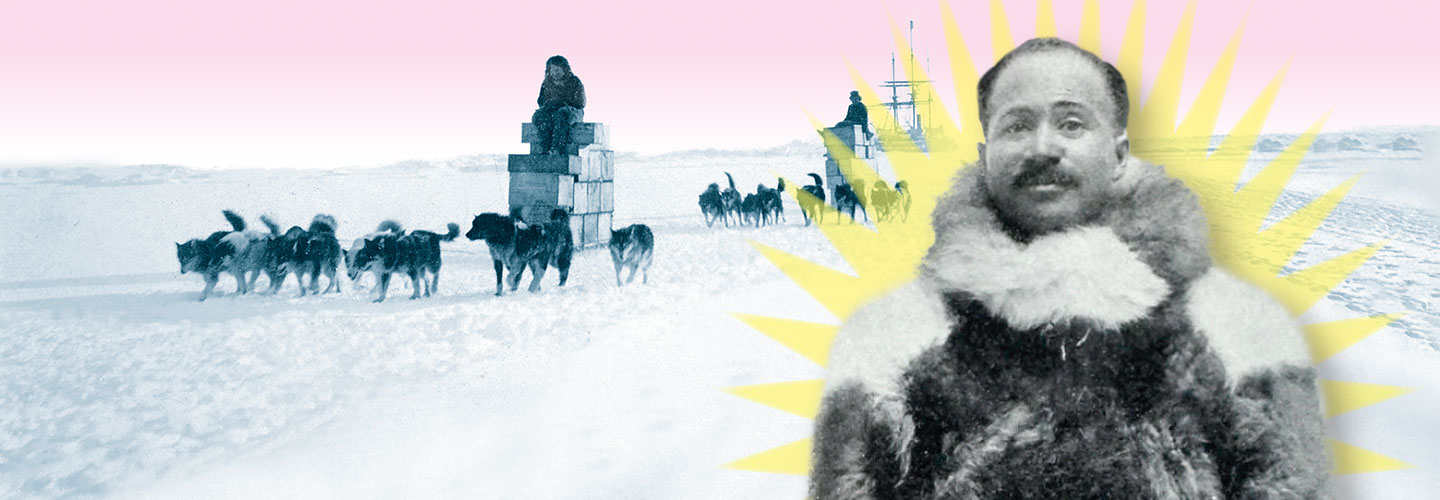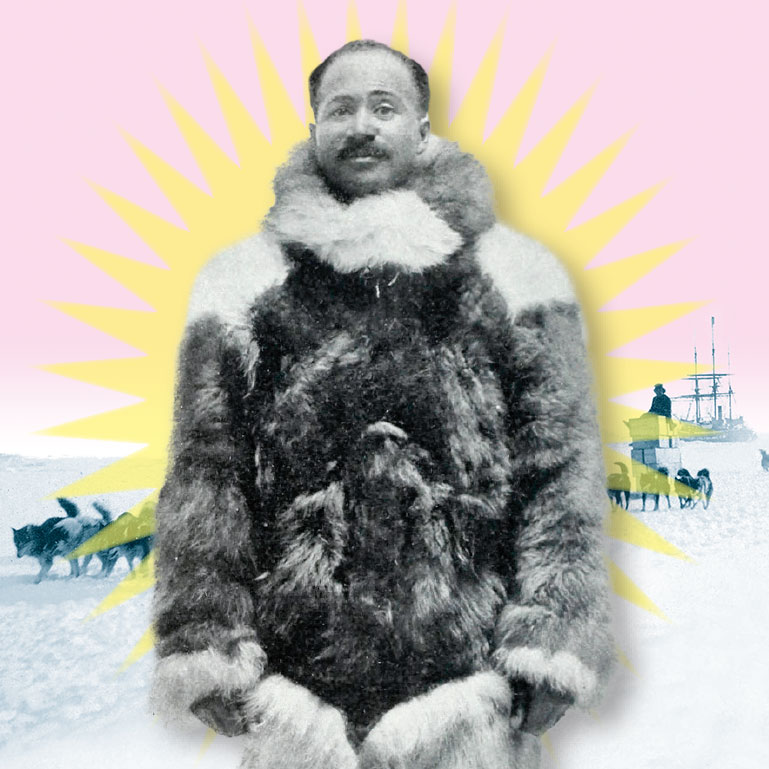The North Pole is one of Earth’s most extreme places. The temperature can drop to 40 degrees below zero. And the pole is surrounded by the frozen Arctic Ocean. That means there is no land to walk on—only slabs of ice!
None of that stopped African American explorer Matthew Henson. He was part of a team that made a famous journey to the North Pole in 1909. Many experts believe they were the first to reach the top of the world!
The North Pole is one of Earth’s most extreme places. The temperature can drop to 40 degrees below zero. And the pole is surrounded by the frozen Arctic Ocean. That means there is no land to walk on—only slabs of ice!
None of that stopped African American explorer Matthew Henson. He was part of a team that made a famous journey to the North Pole in 1909. Many experts believe they were the first to reach the top of the world!



